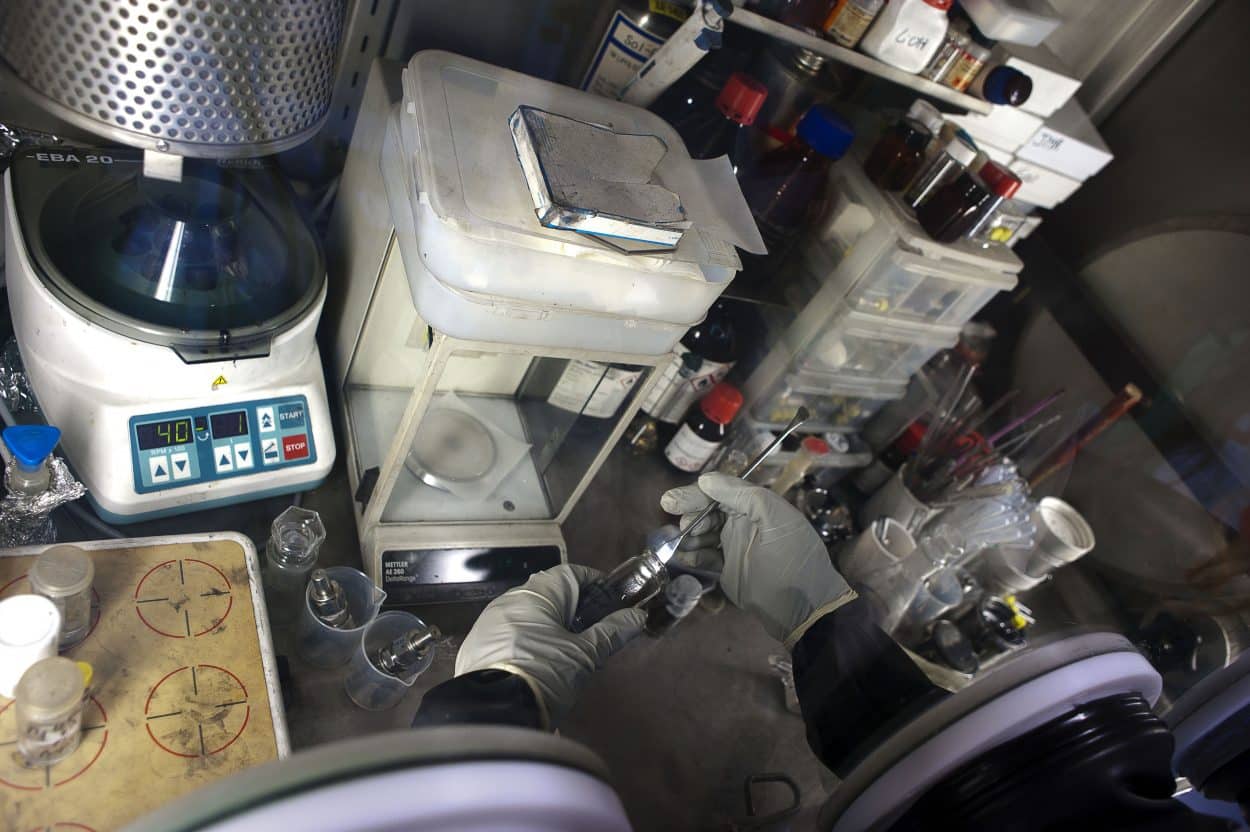A team of scientists at a French public research lab has developed a new material suitable for use as screens on units such as mobile phones and TVs.
Based at Caen, the CRISMAT laboratory is associated with the University of Caen Normandy, the CNRS and the ENSICAEN. Led by Wilfrid Prellier, director of the CRISMAT laboratory, the team including senior researchers Ulrike Lüders and Arnaud Fouchet, have developed SrVO3, a thin film for use in electronics applications.
Strong Electronic Correlations and Optical Transparency
Wilfrid explained:
“SrVO3 is a perovskite oxide, being a transparent metallic conductor. In contrast to other transparent conducting oxides (TCOs), this material shows a much higher charge density, in the range of metallic conductors, with strong electronic correlations, leading to optical transparency.”
The strength of SrVO3 compared to other TCOs is the fact that it does not use Indium and still sustains a high electronic conduction. The most efficient TCO known so far is ITO (Indium-Tin-Oxide Sn:In2O3), which is widely used in electronics. However, Indium is a rare element, with restricted availability. Prices are therefore strongly fluctuating, and sustainability is limited.
“In SrVO3, only largely available elements are used, and in comparison to other Indium-free TCOs (as Al:ZnO or F:SnO2), the electronic conductivity is larger. Therefore, SrVO3 seems to be an extremely promising material to substitute ITO in many applications.”

SrVO3 has to be crystalline to be conducting, and until now, its crystalline growth was only known on adapted surfaces, principally other perovskite oxide monocrystals as SrTiO3 or LaAlO3.
Wilfrid added:
“A direct growth on Si or glass was not practicable due to the structural and chemical incompatibility. Our work has demonstrated that this material can be grown on virtually any surface using oxide nanosheets as a seed layer. Those nanosheets can be deposited by chemical solution methods on a large range of surfaces or on devices, allowing for the integration of SrVO3.”
Applications on Smartphone Screens
TCOs are needed in a wide range of applications, and especially in those where an electric connection has to be combined with optical transparency.
For touch screens, as on smartphone screens, the finger makes a local electrical contact, allowing the system to interpret the finger position. At the same time, the electrode on the screen used to detect this electrical contact by the finger has to be optically transparent in order to pass on the visual information shown on the screen to the user.
Other applications for the material could be for the front window heating in cars. With transparent conductors, the same techniques as for the back window, using conducting wires with resistive heating, could be used without the visual effect of the wires.
Wilfrid said:
“TCOs also have often some interesting behavior in the infrared wavelengths for heat management, but we did not take a look at the infrared properties of SrVO3 up to now. Independently on the TCO character, SrVO3 also has a very low electron emission threshold, which may be also interesting for certain applications for electron guns, but more in general for energy band alignment in devices.”
The laboratory is currently looking for industrial partners interested in developing commercial products using SrVO3, such as phone manufacturers, in order to introduce the material to the market.













